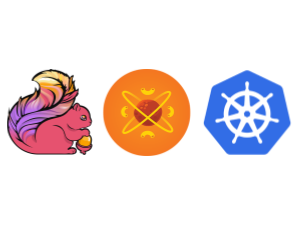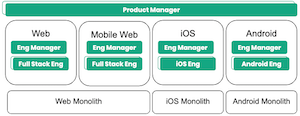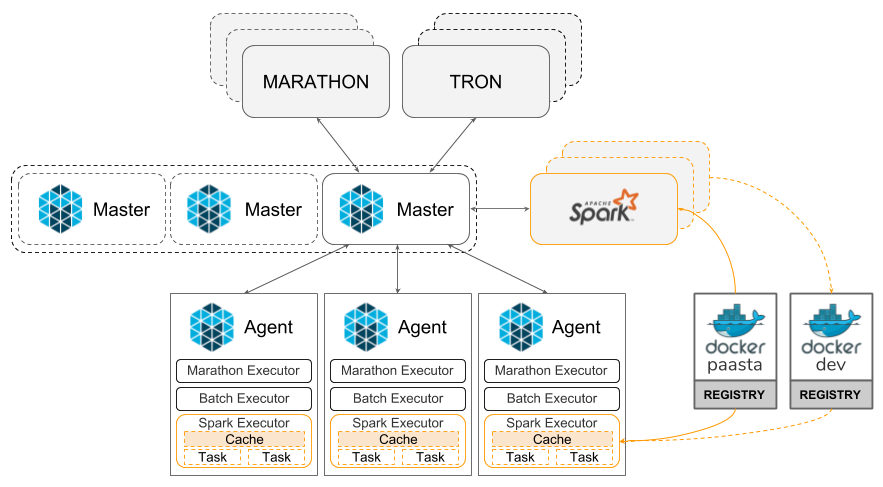Flink on PaaSTA: Yelp’s new stream processing platform runs on Kubernetes

-
Antonio Verardi, Engineering Manager
- Oct 14, 2020
At Yelp we process terabytes of streaming data a day using Apache Flink to power a wide range of applications: ETL pipelines, push notifications, bot filtering, sessionization and more. We run hundreds and hundreds of Flink jobs, so routine operations like deployments, restarts, and savepoints don’t take thousands of hours of developers’ time, which would be the case without the right degree of automation. The latest addition to our toolshed is a new stream processing platform built on top of PaaSTA, Yelp’s Platform As A Service. Sitting at its core, a Kubernetes operator automatically watches over the deployment and the...











